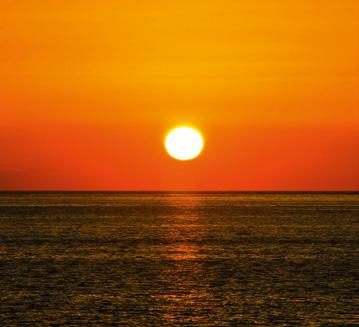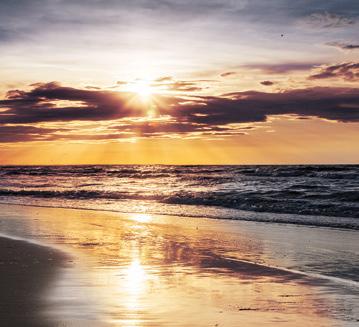
1 minute read
LeT'S rEvIeW!
1 Name the celestial bodies. Write sentences to compare them. Use the adjectives below.
bright small big fast a) It is the smallest planet in our Solar System. b) It is called the Red Planet. c) It is between Jupiter and Uranus. d) It is the most well-known dwarf planet. a) It is the layer we can’t see or touch. It contains the air we breathe. b) It is solid and it has three other layers. c) It is the layer where we nd the seas, oceans and lakes. a) It provides light and heat to celestial bodies. b) It is made up of a star and the celestial bodies that revolve around it. c) It was a huge explosion billions of years ago. d) Huge clouds of gas and dust. e) An asteroid that collides with planets or satellites. f) They have tails of steam. g) The layer of the Earth where we can nd metals. h) It covers 70 % of the surface of the Earth. i) They are caused by gravity and the Moon. j) It is when the Moon moves between the Sun and the Earth and part of the Sun’s light is blocked. k) The movement of the Earth around an imaginary axis. l) A planet with a ring. m) The movement of the Earth around the Sun. n) The season from June to September. o) The Earth's satellite.
2 Guess the planets.
Create 3 Draw a simple diagram to explain how the Earth’s revolves and rotates.
4 Unscramble the words. Then match them to the de nitions of the layers of the atmosphere.
5 Ask ve people in your class when they were born. Which season were they born in?
1 Find the words.


My pRoGrEsS
• I understand what the Universe is.
• I can identify and name the celestial bodies.
• I know what the different layers of the Earth are.
• I understand how the Earth moves.
• I know what causes day and night and the seasons.
Copy the sentences in your notebook
Draw a smiley






